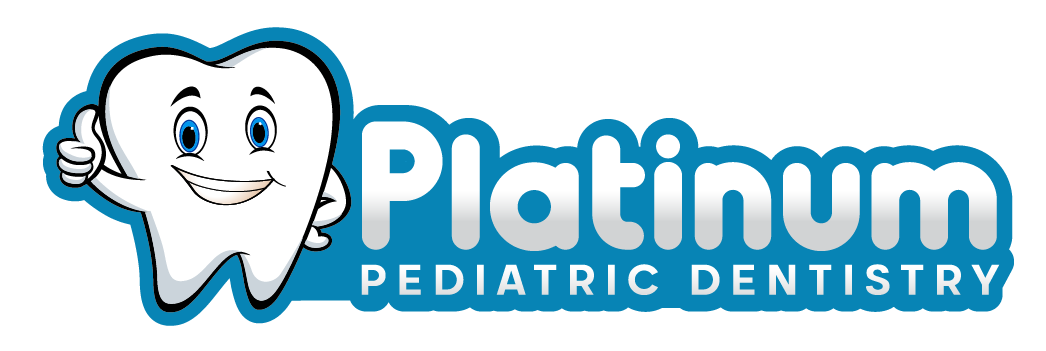Dr. Dan Bamshad, DDS
July 02, 2025
 Learn when your child should see the orthodontist, what signs to look for, and how early evaluation can benefit growing smiles. Long Island pediatric experts explain.
Learn when your child should see the orthodontist, what signs to look for, and how early evaluation can benefit growing smiles. Long Island pediatric experts explain.
When should my child see the orthodontist? It’s a question we hear often from parents throughout Long Island. While braces or aligners may seem like a concern for the teenage years, the American Association of Orthodontists (AAO) recommends that children have their first orthodontic evaluation by age 7. At Platinum Pediatric Dentistry, we specialize in monitoring your child’s dental development and can guide you on when to see an orthodontist and what to expect.
Why Early Orthodontic Evaluation Matters
Even though your child might still have baby teeth, their jaw and facial structure are developing rapidly. Early orthodontic evaluations allow pediatric dentists to catch bite problems, spacing issues, or skeletal concerns that could worsen over time. Common problems detected early include:
- Crowding or spacing issues
- Crossbites, underbites, or overbites
- Thumb-sucking habits affecting tooth position
- Early or late loss of baby teeth
- Jaw growth concerns or asymmetry
Identifying these concerns early allows for interceptive orthodontic treatment, which may reduce or eliminate the need for more invasive treatments later.
What Happens During an Orthodontic Evaluation?
At Platinum Pediatric Dentistry, we perform comprehensive exams that include:
- Digital X-rays to assess developing teeth and bone structure
- Bite analysis to observe jaw function
- Evaluation of oral habits and facial symmetry
If needed, we refer your child to a trusted orthodontist in Long Island to begin early care.
Common Signs Your Child Should See the Orthodontist
You don’t have to wait for your pediatric dentist to spot concerns. Look out for these signs that may indicate your child needs an orthodontic consultation:
- Difficulty chewing or biting
- Speech difficulties
- Teeth grinding (bruxism)
- Prolonged thumb sucking
- Teeth that appear crooked or crowded
- Jaws that make clicking sounds or shift abnormally
Types of Early Orthodontic Treatment
- Palatal Expanders: Used to widen the upper jaw, especially in children with crossbites or crowding.
- Space Maintainers: If a baby tooth is lost early, this device holds space for the permanent tooth.
- Braces (Phase I): Partial braces may be used to guide early tooth movement.
- Functional Appliances: Devices like the Herbst appliance correct jaw growth and improve bite alignment.
The Role of Pediatric Dentists in Orthodontic Care
Pediatric dentists are often the first to notice alignment issues. At Platinum Pediatric Dentistry, we closely monitor dental growth and development. By maintaining regular checkups every six months, we can detect when it’s time for an orthodontic referral.
We also help manage oral habits that affect alignment, such as thumb sucking or tongue thrusting, reducing the need for extensive orthodontics in the future.
Extractions for Orthodontic Purposes
Sometimes, removing baby or even permanent teeth is necessary to create room for proper alignment. While this sounds intimidating, it can be essential for:
- Relieving severe crowding
- Facilitating jaw movement
- Allowing adult teeth to erupt correctly
Extractions are always discussed in detail with families and are only recommended when absolutely necessary for your child’s oral health.
When to Consider a Referral
- Age 7: First orthodontic evaluation (even if no issues are visible)
- Late loss of baby teeth
- Noticeable crowding or spacing issues
- Jaw misalignment or facial imbalance
Benefits of Early Orthodontic Treatment
- Shorter total treatment time
- Improved self-esteem and confidence
- Better oral hygiene (properly aligned teeth are easier to clean)
- Fewer complications in adulthood
Trusted Resources
Internal Links
Q&A Summary for Google Featured Snippet
Q: When should my child see the orthodontist?
A: The American Association of Orthodontists recommends a first visit by age 7, even if no visible issues are present.
Q: What are early signs my child needs orthodontic care?
A: Crowded teeth, bite problems, thumb sucking, and speech issues may all signal the need for an evaluation.
Q: What treatments are available for young children?
A: Palatal expanders, space maintainers, and early braces (Phase I) can correct problems during growth.
Q: Do all kids who visit the orthodontist need braces right away?
A: Not always. Many children are simply monitored until the ideal time for treatment.
Final Thoughts for Long Island Families
Understanding when your child should see the orthodontist can set them up for a lifetime of healthy smiles. At Platinum Pediatric Dentistry, we proudly support Long Island families with proactive dental care and expert referrals. Contact us today to schedule your child’s next dental visit and ensure their smile grows beautifully with every stage.
